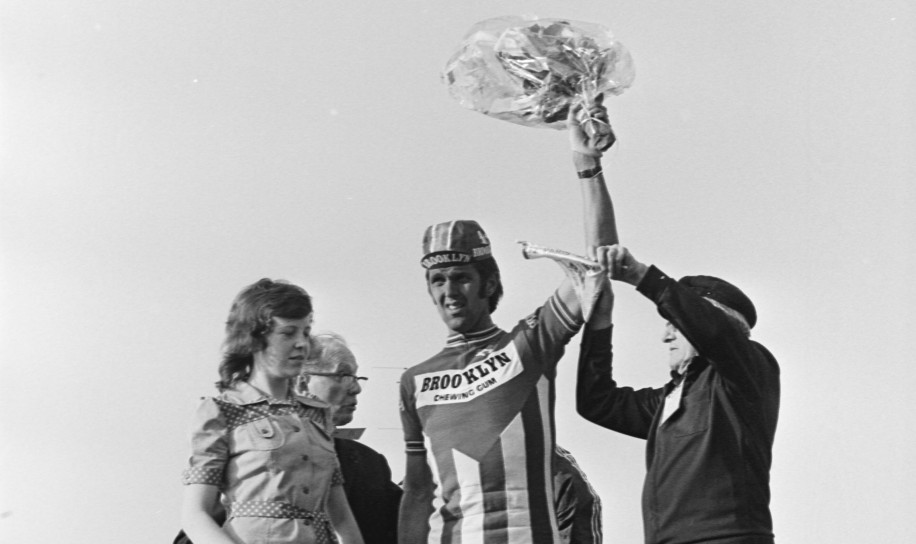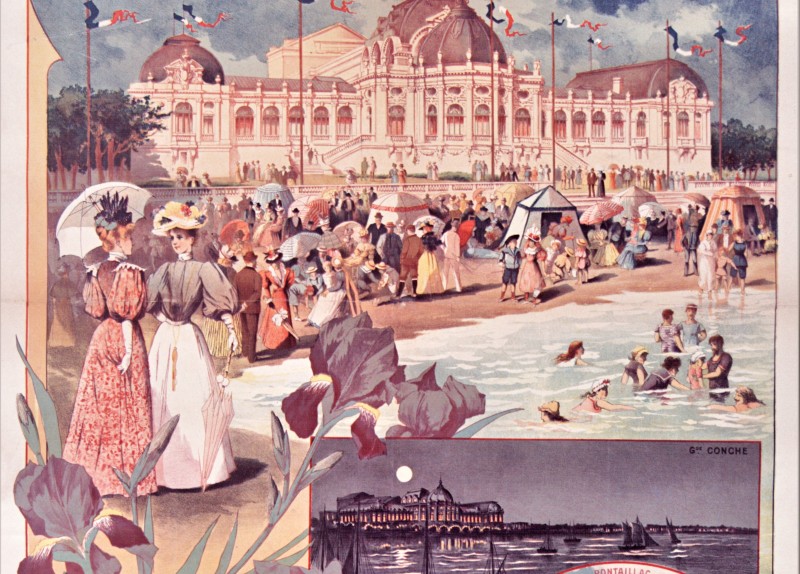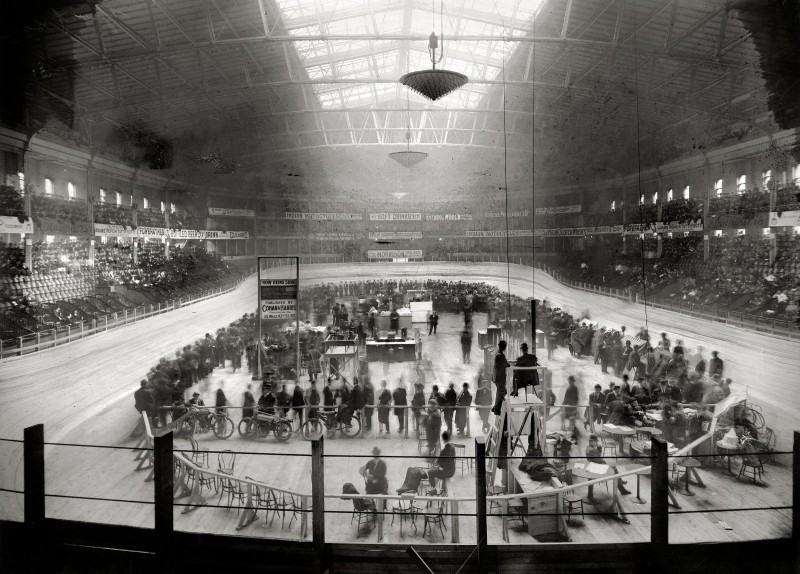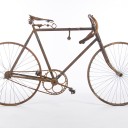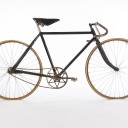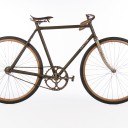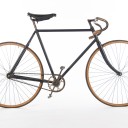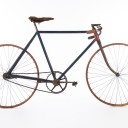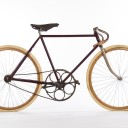Many factors combined to give US cycling such a huge boost. In terms of design, the biggest, perhaps, was the rapid development of the safety bike in the 1880s. As fans of the history of cycling technology will know, this was a key shift in the trend of designs away from the penny farthing and other high-wheel variants that had dominated cycling’s origins to the more practical (and safer) ‘diamond’ frames. Give or take the odd ‘intruder’, this change was so important that the diamond-shaped frame is still the standard format of most modern road bikes.
Development in one key area of a bike’s design helped in another: in the early 1890s, thanks to rapidly improving tyre quality and a drop in the number of punctures, the need for very strong, heavy frames plummeted, and almost overnight the weight of an average bike dropped by nearly a third, from 15 kilos to around 11.
Bikes were therefore lighter, easier to handle - to give one example, the 1890s Dayton bike boasts adjustable handlebars with around a dozen different positions - more comfortable and (as a result of the drop in raw materials used) cheaper. Then as bike companies multiplied across the most densely populated central industrial belt of States, mass production fomented even faster developments in technological advances.
That flooding of the market further helped the drop in price, and rise in the number of purchasers, particularly when combined with massive advertising campaigns for bikes in another area of American society that was booming commercially at the time: the print media, particularly the ‘coffee table’ magazine and broadsheet newspaper industry.
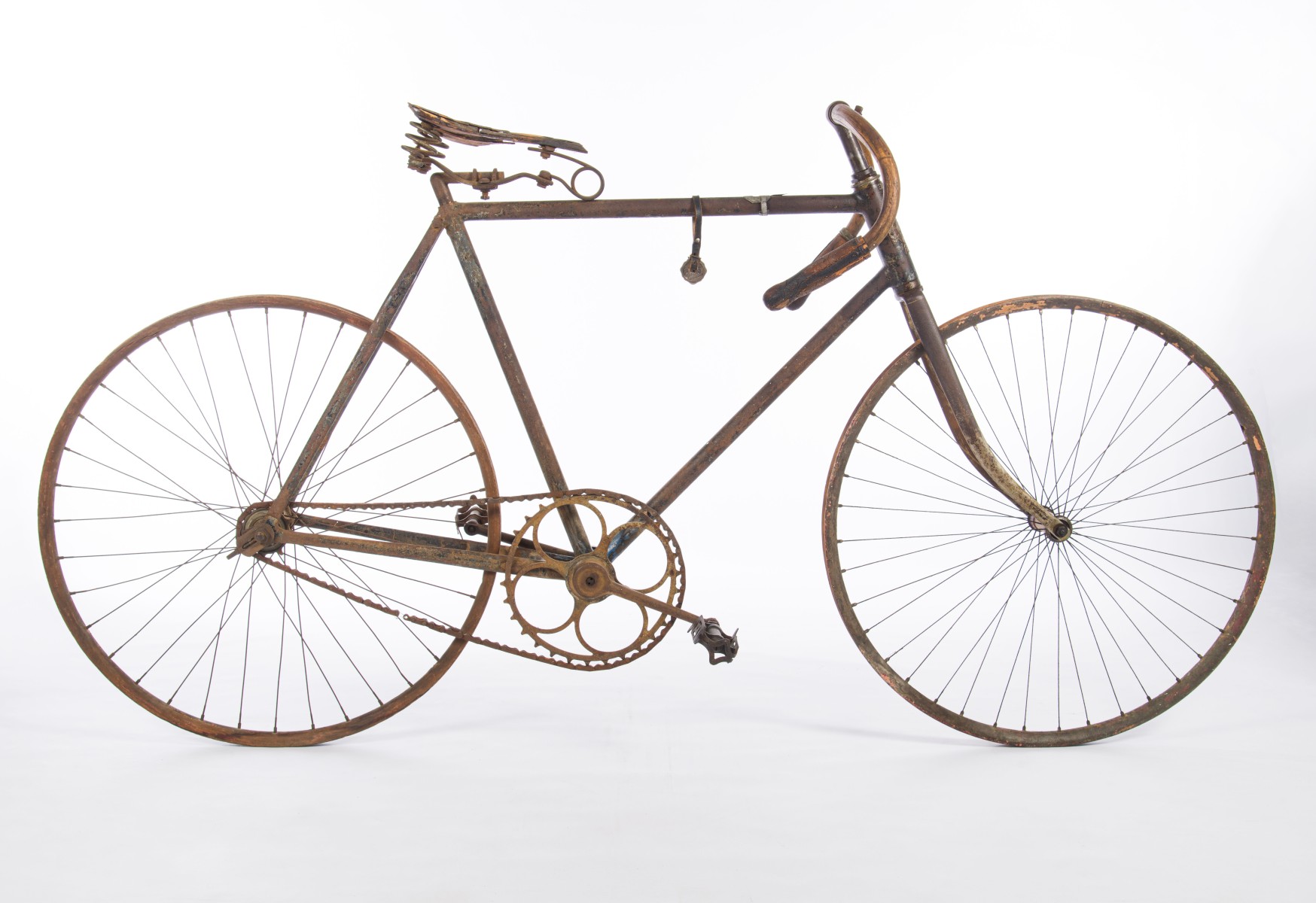 © collection KOERS
© collection KOERS
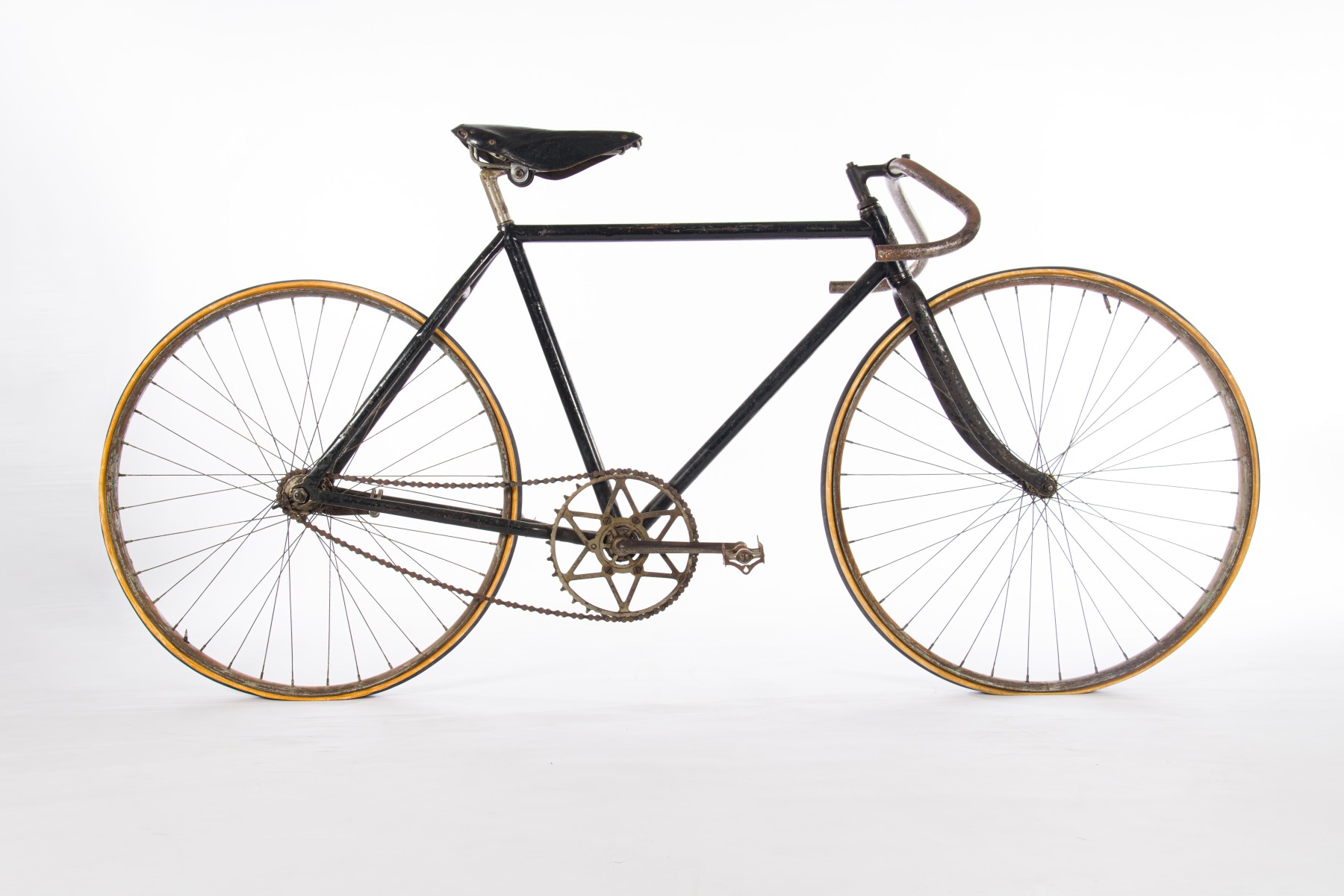 © collection KOERS
© collection KOERS
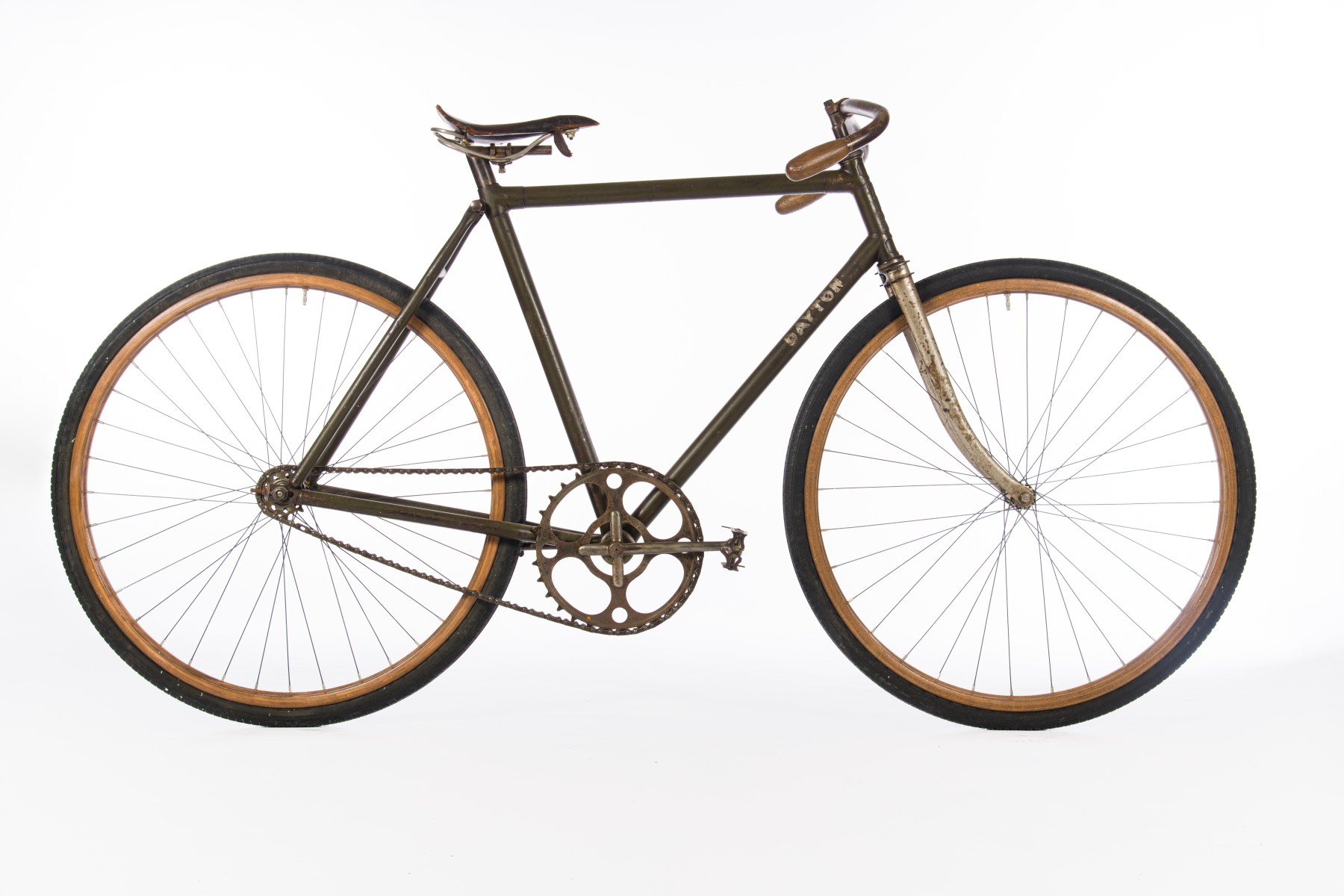 © collection KOERS
© collection KOERS
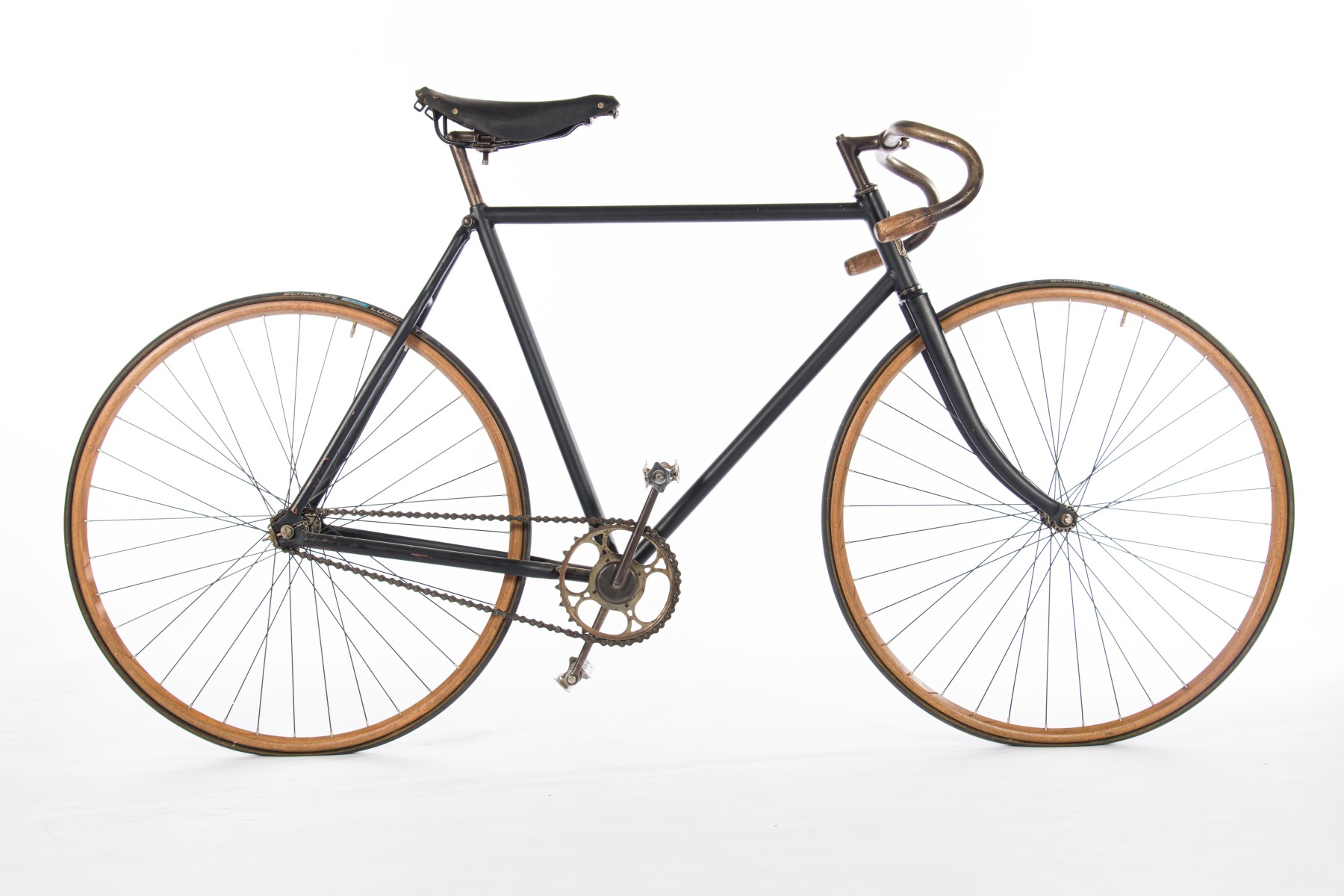 © collection KOERS
© collection KOERS
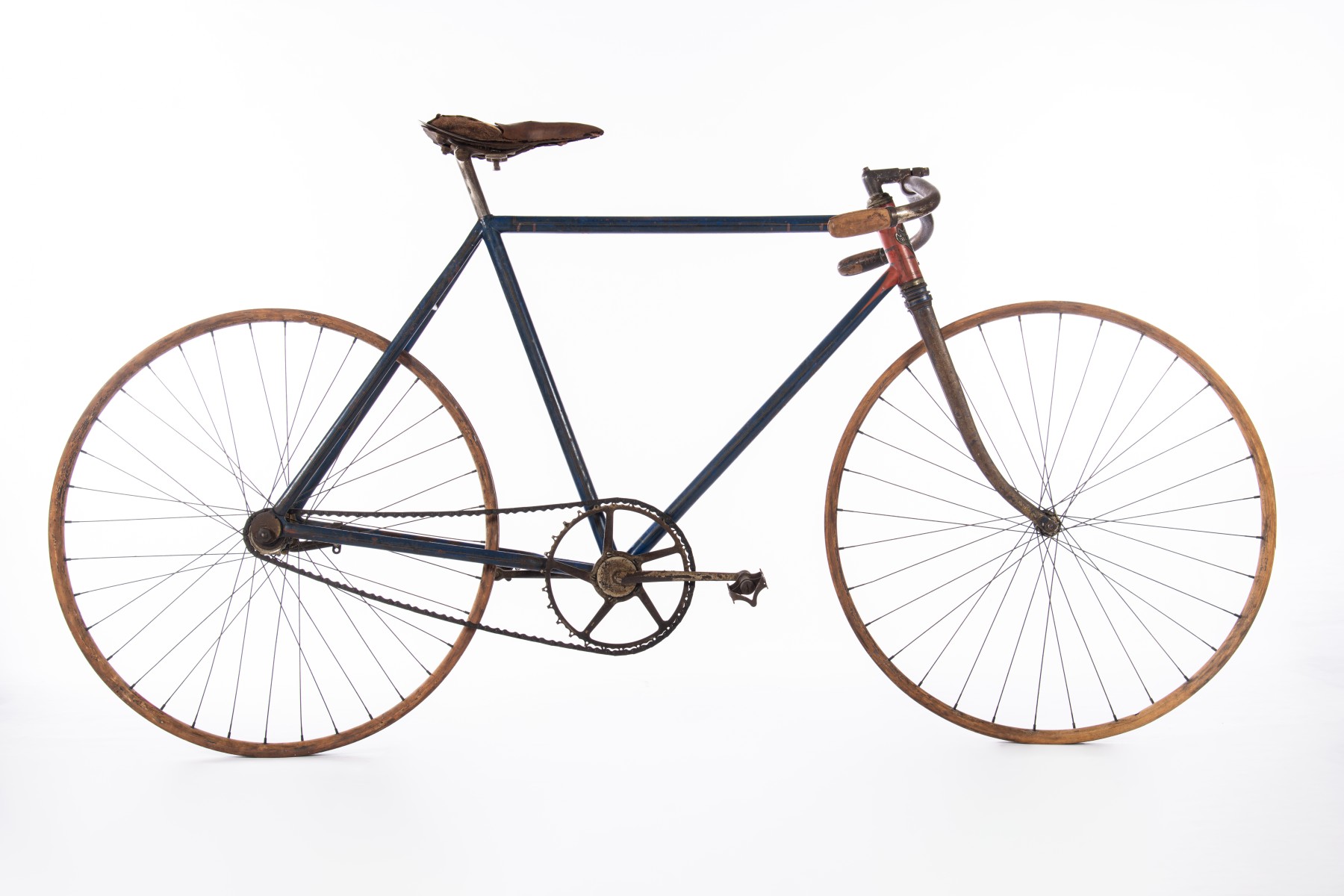 © collection KOERS
© collection KOERS
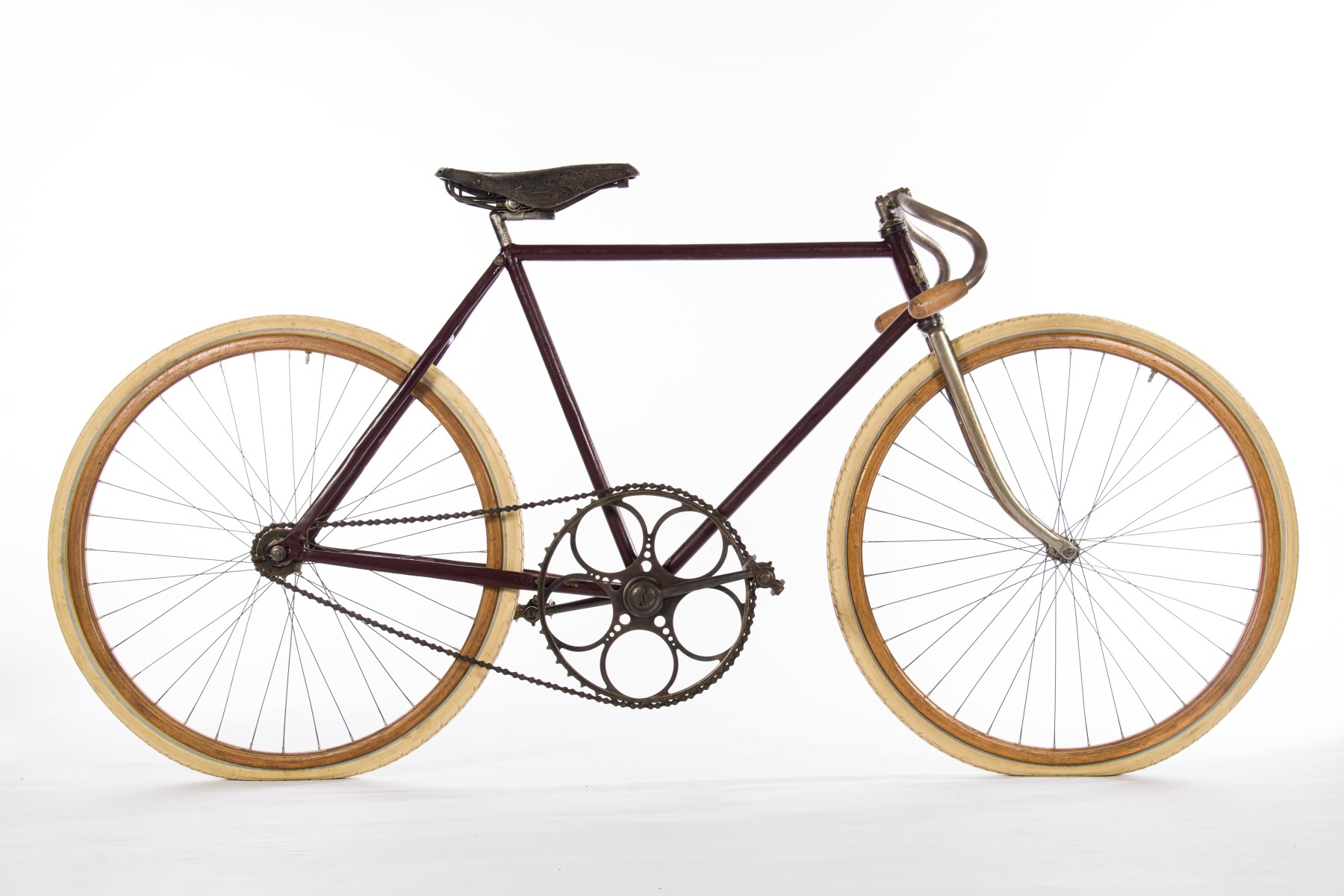 © collection KOERS
© collection KOERS
